Luxury Travel Is Changing—And So Must Hawai‘i
As someone who closely follows travel trends and the visitor experience in Hawai‘i, I’ve seen the evolution of our industry over the years—from high-volume tourism to today’s more intentional, experience-focused era. But reading Marriott International’s July 2025 “Purpose-Driven Traveler” report made me pause.
It’s not just another trend cycle. It’s a fundamental rethinking of what luxury means—and the kind of connection today’s high-net-worth travelers are seeking. These aren’t just guests looking for the best views or a five-star massage. They want experiences that transform, heal, and align with their values. And here in Hawai‘i, where land, culture, and community intersect in profound ways, this shift hits close to home.
What the Data Says—And What It Means for Us
The report revealed several findings that should ring alarm bells—or spark opportunity—for Hawai‘i:
“The new report surveyed 1,750 of Asia Pacific’s most affluent travelers across Australia, Singapore, India, Indonesia, South Korea, Japan, and Thailand, revealing a luxury travel mindset marked by deeper cultural engagement, increased precision in itinerary planning, and rising expectations from brands and experiences.” The Luxury Group by Marriott International
Wellness is now a top priority, with travelers seeking nature-based healing like forest immersions, traditional rituals, and science-backed spa therapies.
Multigenerational travel is surging, and solo parents are planning meaningful trips to bond with their kids.
Familiarity matters, with 93% of high-net-worth travelers choosing destinations they’ve visited before—but they expect deeper, more intentional experiences each time.
Nature is non-negotiable, but visitors want more than scenic views—they want to engage with and care for the places they visit.
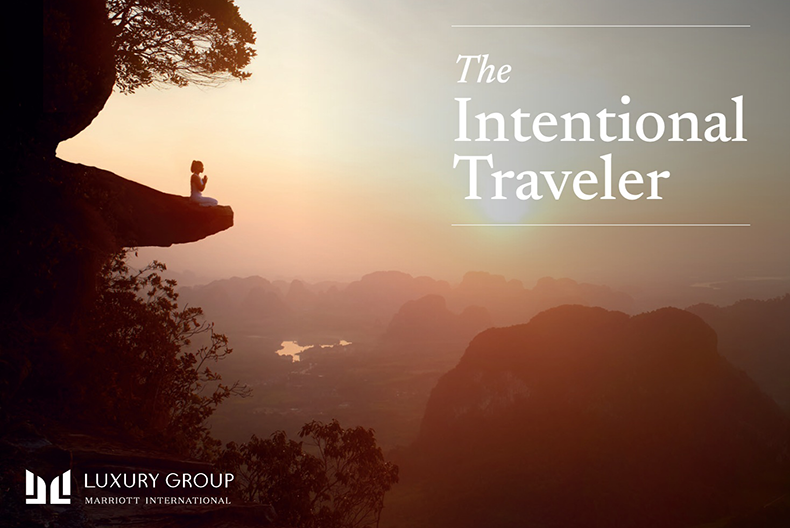
Reading these insights, I couldn’t help but think: Hawai‘i already offers so many of these things. But are we delivering them in a way that’s authentic, sustainable, and locally rooted?
The Cultural and Community Crossroads
This is where the tension lies. As a resident and observer, I’ve watched with mixed feelings as tourism strategies in Hawai‘i shift toward “regenerative travel.” The language sounds right—malama ‘āina, cultural immersion, slowing down. But the execution often lags behind.
Native Hawaiians and local residents have long advocated for a more respectful, reciprocal model of tourism. Yet many still feel that economic benefits are uneven, that sacred spaces are commercialized, and that decisions are made with too little community input. So when I hear about the rise in purpose-driven travel, I think: this could be a real opportunity—but only if we get it right.
If we lean into what’s truly unique about Hawai‘i—its people, language, land, and traditions—we can offer the kind of experience these travelers crave. But that requires systems change: empowering cultural practitioners, funding local-led tourism initiatives, and limiting exploitative or extractive visitor behavior.
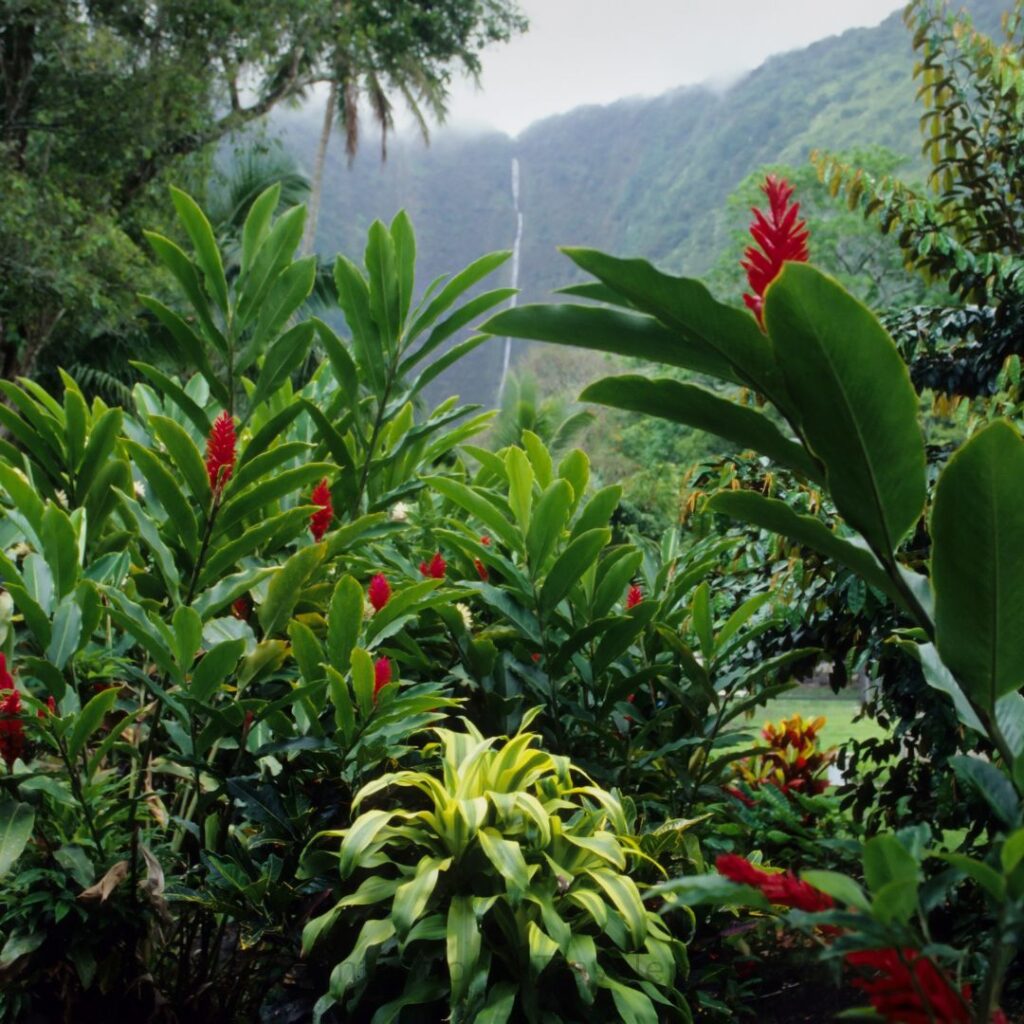
Our Global Competition Is Real—and Growing
Another reason we can’t afford complacency? Other destinations are moving faster and with more cohesion. Wellness is deeply integrated into the branding of countries like Thailand and Indonesia. New Zealand’s luxury strategy centers on environmental stewardship. Even small villages in Japan are crafting world-class experiences built around forest bathing, traditional cuisine, and cultural immersion.
Meanwhile, Hawai‘i—despite its global name recognition—risks falling into the “nice but outdated” category if we rely too heavily on old narratives of aloha and paradise. The idea of just building more towers on existing parcels needs to be phased out. Today’s luxury travelers want to earn their memories, not just buy them.
How Hawai‘i Can Respond—And Who Benefits
Center Wellness in Culture, Not Just Comfort
Let’s uplift lomilomi practitioners, integrate laʻau lapaʻau (plant medicine) education, and offer guests not just spa treatments—but spiritual grounding. Real wellness is local, not imported.
Create Deeper Family and Solo Journeys
Hula workshops, storytelling with kūpuna, and marine education with local scientists can turn a family vacation into a legacy experience. These programs exist—they just need more visibility and support.
Respectful Return Trips
If repeat visitors want to go deeper, let’s help them. Volunteer tourism, place-based education, and cultural exchanges should be part of the return journey—not just more mai tais.
I reviewed several volunteer opportunities on O’ahu, check them out if you are interested.
Listen First, Market Later
Community voices must lead tourism reform. That means listening to those whose daily lives are shaped by visitor presence, especially in places like Hā‘ena, Waikīkī, or Kona.
My Final Thought: A Hawai‘i That’s Worth Returning To
There’s so much potential here. I’ve spoken to travelers who come back year after year because Hawai‘i makes them feel something real. And I’ve spoken to residents who love sharing their culture—but want to do it on their terms.
The challenge is balancing both. If we want Hawai‘i to remain competitive in the evolving luxury landscape, we need to stop chasing volume and start investing in value—value for the visitor, yes, but more importantly, for our people and our places.
This shift toward purpose-driven travel is not a threat. It’s a moment. A chance for Hawai‘i to lead—not with flash, but with authenticity.

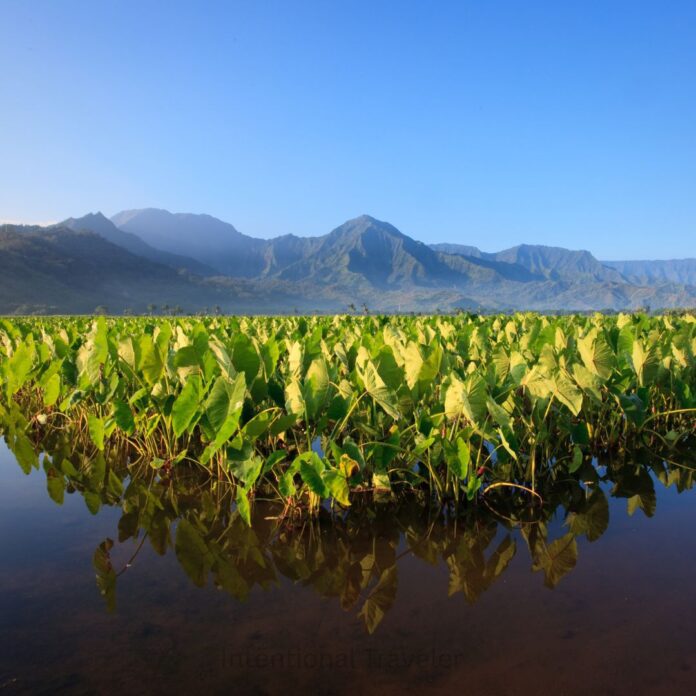

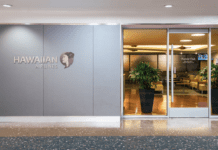

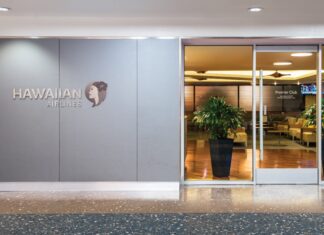
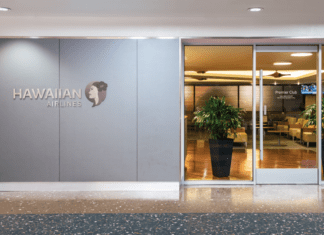
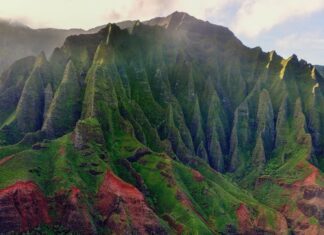
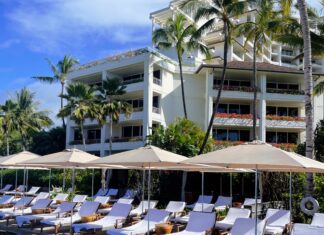
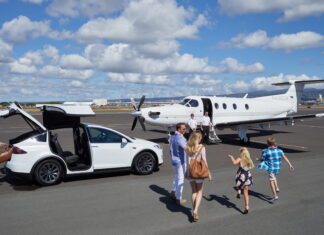

So what % of the population that visits Hawaii are “luxury travelers”?
Catering to that niche market isn’t going to pay the bills for all the Mom and Pop restaurants, road side stands, etc.
Prices are already sky high as it is. Catering to the 1% is just going to make it more expensive for everyone.
I’m in Kauai right now and stayed 1 night at The 1 in Princeville. If that’s the direction hotels are moving to, you can have it. Every “special” activity was an upcharge.
Thanks for the comment Patrick.
I too hate the nickel and dime charge for all the “special” and dont get me started on the resort fees, especially at hotels that are not resorts, and dont think I dont know what a destination fee is either.
These issues are the challenges we face in Hawai’i, who do we want to visit, what do we want them to do, and will it be enough (once we define what is enough let alone what is “luxury traveler”). I feel we are in a critical juncture here in Hawai’i as we address these questions. The disruptions in leadership at HTA along with low confidence in existing elected officials means we have our work cut out for us.
I hope we can move forward, make mistakes, adjust, and continue to move forward. We shall see.
Patrick,
We live in Hanalei. You somehow picked the most expensive hotel on Kauai that caters to the 1% and above.